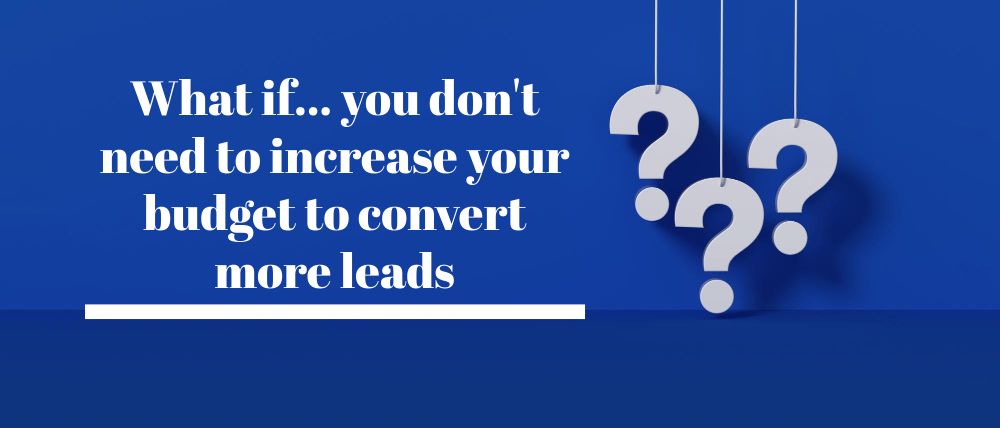Do you know how much time your presentation audience takes to decide whether they want to hear you or not?
Just 3 seconds!
Yes, you read it right. It’s daunting!
This means you have to hold and grab people’s attention within 3 seconds. Too less to be true. Opening seconds are crucial to make a lasting impression. But if you waste this time with pointless content, then you are going to lose most of your audience.
So, the question is how to get the gist within 3 seconds?
Indeed, standing in front of a crowd can make your heart pump faster than ever. It is performance anxiety that negatively affects the confidence level of many.
If you feel the same for a presentation, no more worries! In this article, you will find the most effective strategies to commence your presentation spellbindingly.
Here we go!
1. Start with Self-Introduction: The Classic Way
Self-introduction is a very integral part of any presentation. This is a simple way to kick-start your speech and establish credibility. Give your audience a warm, friendly greeting. State your name, background details, professional expertise, and your purpose of presentation. A well-crafted introduction can establish a positive rapport with the audience and set the tone for the entire presentation.
Pro Tip: Practice the introductory lines more to ensure it goes smoothly during the live session.
Here is a scenario. You are giving a presentation on ChatGPT: an incredible innovation. Let’s learn with an example how you will introduce yourself.
“Good afternoon, everyone. Thank you for being here today. I am David Jones, working as Chief Digital Officer at XYZ company. With a background in computer science, I have a keen interest in technological advancements/ I am an inquisitive explorer of the digital realm. In today’s presentation, I will discuss with you the most remarkable innovation of the time, ChatGPT, and its impact on various sectors.”
2. Share an Intriguing Story
Stories create an emotional bond, which leads to a more receptive audience. There are two types of stories that you can share – personal stories and stories of famous people who set examples for others.
When you share a personal story, it establishes a connection and builds a good rapport with the audience. When you share a story, consider these 3 points:
- Maintain authenticity to build trust among the audience.
- It should be relevant to your presentation topic.
- And be specific with the storyline.
Pro Tip: Use words like Imagine, Think of, or Picture This to make your story more authentic and relevant to the audience.
Example – Gill Hicks, a survivor of the London terrorist bombings, created inquisitiveness in the room with her real-life story. See the video to learn how she communicated the story and established a strong emotional connection with the audience.
3. Facts and Stats
If you don’t have a stunning story to share with your audience, start off with a little-known fact. Facts that spark eagerness, create empathy, or shock your audience will leave a strong impact.
The fact does three things for you:
- It adds a better narrative to your presentation.
- Supports your opinion and serves as a powerful validation for your opinions.
- It demonstrates that you know enough about the topic and your presentation is well-researched.
Pro tip: Open up with staggering numbers. Also, share those facts in the opening lines that are most crucial to your topic.
Here’s an example:
IoT Analytics predicts that the manufacturing industry spent over $64 billion on IoT in 2018 and expects Industry 4.0 spending to increase to $310 billion by 2023.
4. A Captivating Quote
As mentioned above, you can make or break your presentation in the first few seconds. Well, start off with a powerful quote and make a difference. It is one of the best ways to inspire people and reinforce the idea you’re sharing.
Ask yourself these two questions before you select a quote:
- Why am I sharing this quote?
- Does it resonate with the audience and theme of the presentation?
5. Thought-provoking Questions

The benefits of asking a thought-provoking question in your speech cannot be denied. Most speakers use this strategy to shift their audience from being passive listeners to an active participant.
Starting off this way stimulates the thought process and persuades the audience to agree with what you’re saying. Rhetorical questions do not seek answers from the audience but are meant to stir emotions and let them think hard about it. Indeed, adequate research is required beforehand to put up such questions.
You may also ask a hypothetical question that starts with “What if” or an open-ended question that promotes participation and interaction.
6. A Half-Minute Video
It’s a great idea to start off the presentation with short footage to hook the audience’s attention in no time. You should select a high-resolution video that is relevant to the topic. It can be a short documentary, a motivational clip, or even a funny skit that can make the audience laugh.
Let’s see a video where an entrepreneur, Derek Sivers, used the footage to support his opinion.
7. Captivating Visual
The human brain processes images and visuals 60,000 times faster than text.
Starting a presentation with captivating visuals can instantly garner audience interest. This is what you, as a presenter, want.
Using a powerful visual, a chart, or an infographic forms a solid foundation for the speech and also supports your statements.
You can also mesmerize your audience by starting your presentation with a pre-designed cover slide having an attention-grabbing background.
8. Provocative Statement
Start off with a statement that makes the audience eager to listen to what you will say next. Say something unexpected, fearful, or surprising and turn the audience into active listeners right from the opening of the presentation.
This TED speech is an apt example that shows how a provocative statement can spellbind everyone in the room.
9. Include the Fun Element
No one likes boring presentations. Adding a good sense of humor perks up the people and instills positive vibes in the room. However, this part needs a lot of practice and confidence as it is not everyone’s cup of tea to make people laugh.
Before you add humor to your presentation, first of all, you must be comfortable with being funny. You can tell sarcasm or self-deprecating jokes.
There is one rule for using self-deprecation in speech:
“Do it the right way; you’ll get laughs. Do it the wrong way, and you’re in trouble.”
Pro tip: Ensure that your joke or humor doesn’t hurt/affect your credibility and expertise in the eyes of the audience.
10. Start with a Prop
A physical object in a presenter’s hand adds a dramatic effect to the presentation. It can be anything like a book, a piece of paper, an envelope, a bag, or something relevant to the topic. Use a simple prop to seize the audience’s interest.
Take a look at how best-selling author Susan Cain used a prop in her presentation.
Final Thoughts
Crafting a compelling opening for a presentation can captivate and engage the audience from the ground up. You can instantly steal the show by using a provocative statement, a powerful visual, an intriguing story, or a shocking statistic. Employing these strategies in your speech makes a memorable first impression. Don’t forget that strong openings boost confidence, build credibility, and help you grow professionally as a presenter.
Hope you found the above points helpful for your upcoming speaking engagements.
